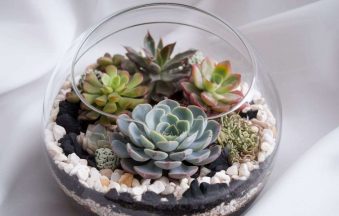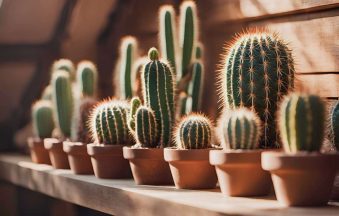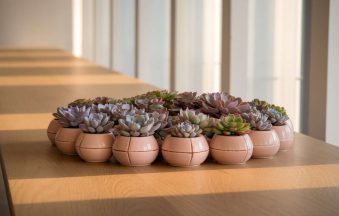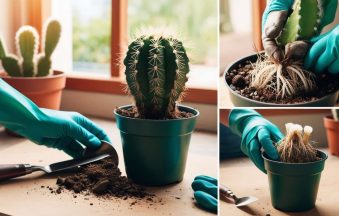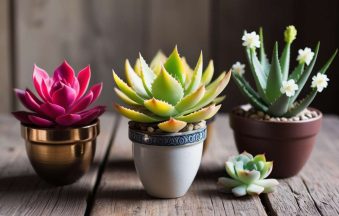How to Properly Water Your Succulents
Watering succulents might seem like a simple task, but it’s a crucial part of keeping these unique plants healthy and thriving. Succulents are remarkable in their ability to store water in their leaves, stems, and roots, which allows them to survive in harsh, arid environments. However, this adaptation also means they can be sensitive to their watering conditions. Overwatering is a common pitfall for many plant enthusiasts, leading to issues like root rot and mushy leaves.
Understanding how to properly water your succulents can make all the difference in their overall health and appearance. In this guide, we’ll explore the essential practices that ensure your succulents receive the right amount of moisture. From recognizing their specific water needs to adjusting your care routine according to the seasons, we’ll cover everything you need to know to help your succulents thrive. With the right techniques, you can create an ideal environment for your plants, allowing them to flourish and add beauty to your home or workspace. Let’s dive into the best practices for watering your succulents!
Understand Your Succulent’s Needs
Different types of succulents have varying water requirements based on their native habitats. For instance, varieties like Aloe Vera and Echeveria tend to prefer slightly more moisture, while others, such as Sedum and Haworthia, thrive in drier conditions. It’s important to research the specific needs of your succulent varieties, as understanding their origins can help you mimic the right environment for them. Look for care guides or reputable plant databases that provide details on how much water your specific succulent type prefers.
Check the Soil Moisture
Before watering, always check the soil moisture. A simple way to do this is to stick your finger about an inch into the soil. If it feels dry at this depth, it’s time to water. If it still feels moist, wait a few more days before checking again. This practice helps prevent overwatering, which can lead to root rot—a common issue that occurs when the roots sit in waterlogged soil. Investing in a moisture meter can also be helpful, especially if you’re new to succulent care. These devices can accurately measure soil moisture and take the guesswork out of watering.
Use the Right Soil
Make sure you’re using well-draining soil specifically designed for succulents or cacti. This type of soil typically contains components like sand, perlite, or pumice, which enhance drainage and prevent water retention. When planting or repotting succulents, consider mixing regular potting soil with sand or perlite to improve its drainage capabilities. If you’re making your own mix, a good ratio to start with is one part potting soil, one part coarse sand, and one part perlite.
Watering Technique
When watering your succulents, aim to water deeply but infrequently. This encourages the roots to grow deeper into the soil in search of moisture. Pour water around the base of the plant until you see it begin to drain out of the bottom of the pot. Avoid getting water on the leaves, as excess moisture can promote rot, especially in humid conditions. If you notice water pooling in the saucer beneath your pot, be sure to empty it after watering to prevent the roots from sitting in water.
Adjust Watering with the Seasons
Succulents generally need more water during their active growing season, which is typically spring and summer. During this time, you may find that watering every 1-3 weeks is appropriate, depending on your climate and the specific succulent species. In contrast, during their dormant season (fall and winter), succulents require much less water. You can usually cut back to every 4-6 weeks. It’s essential to observe your plants closely and adjust your watering schedule based on their appearance and growth patterns.
Monitor Your Plants
Keep a vigilant eye on your succulents for signs of overwatering or underwatering. Overwatered succulents often show symptoms like yellowing leaves, mushy stems, or leaves dropping off. Conversely, if your succulent leaves are shriveled, wrinkled, or crispy, it might be time to give them a drink. Make sure to regularly assess your plants, especially when the seasons change, as their water needs can vary significantly.
Humidity Matters
Consider the humidity levels in your home, as this can significantly affect how often you need to water your succulents. In dry climates or during winter months when indoor air can become dry due to heating, you may need to adjust your watering schedule to compensate for the lack of humidity. On the other hand, if you live in a naturally humid environment, you may find that your succulents require less frequent watering. Using a dehumidifier or humidifier can help maintain an ideal environment for your plants.






